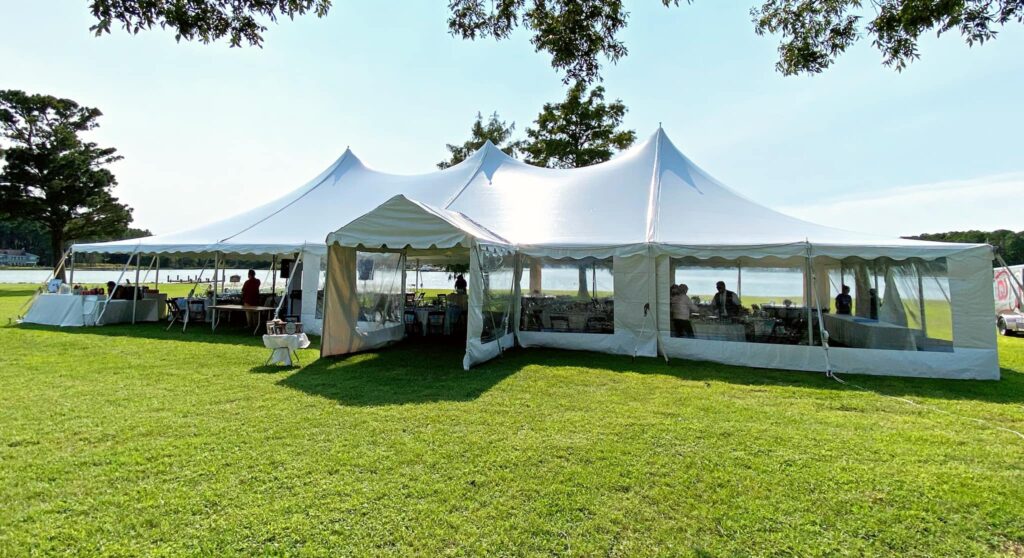Crucial Tips for Setting Up and Keeping Camping Tents
Setting up and preserving an outdoor camping outdoor tents calls for more than just a standard understanding of outdoor gear; it requires interest to detail and foresight. From choosing the ideal camping area to grasping the intricacies of outdoor tents pitching, each action is important to make sure a comfortable and safe outdoor experience.
Picking the Right Campsite
Selecting an optimal camping area is vital for making certain a safe and enjoyable outdoor camping experience. The place of your camping area can substantially impact your total pleasure and safety and security. Begin by seeking level ground, which provides a secure and comfortable resting area. Avoid low-lying areas prone to flooding, specifically during unexpected rainstorms. In addition, stay away from locations with dead or overhanging branches, as they pose a prospective risk.

Access is an additional vital variable. Pick a website that is quickly obtainable however not excessively exposed to foot traffic to keep personal privacy. Ultimately, abide by Leave No Trace principles by making use of marked camping sites whenever feasible, appreciating the natural environment, and guaranteeing your camping area choice has minimal eco-friendly influence. By thoroughly examining these elements, you can enhance both the safety and security and satisfaction of your outdoor camping adventure.
Important Tent Arrangement Tools

First and leading, a reliable tent mallet or hammer is indispensable for driving stakes right into numerous ground kinds. Choose a light-weight, sturdy club to alleviate the initiative required for securing your tent. Tent risks are an additional critical part; bring extra stakes beyond what comes with your outdoor tents to make up different soil conditions and unexpected demands.
A ground tarpaulin or footprint is important for protecting the tent flooring from abrasions and dampness, prolonging the life of your camping tent. Additionally, lugging a collection of spare guylines and tensioners ensures you can appropriately safeguard your camping tent, particularly in gusty problems.
Finally, a multi-tool or a collection of fundamental tools consisting of pliers, scissors, and a knife can be important for handling unpredicted modifications or repairs. Guaranteeing you have these vital tent arrangement tools will certainly lead the way for a trouble-free and delightful camping experience.
Understanding Camping Tent Throwing
Grasping the art of outdoor tents pitching is a basic skill that can significantly improve your outdoor camping experience. A well-pitched camping tent offers not just comfort yet also security and security, guaranteeing that you are well-protected from the components and any unanticipated disturbances.
Begin by choosing an ideal site: flat surface devoid of rocks, origins, and various other obstructions. Clear the ground of debris to produce a smooth surface area for your tent. Set out your outdoor tents footprint or tarp to supply an added layer of protection against wetness and abrasions.
Construct the tent poles according to the maker's guidelines, ensuring that each pole is completely expanded and firmly connected - stretch tent hire. Attach the poles to the camping tent body, either by putting them right into sleeves or clipping them onto hooks, relying on your tent's design. Thoroughly increase the camping tent, seeing to it that it stands tight and equally well balanced
Stake down the edges of the tent, pulling each edge limited to remove slack. Drive the risks right into the ground at a 45-degree angle for optimum hold. Ultimately, affix and stress the individual lines, which will certainly include security and assistance to your framework. By complying with these steps thoroughly, you can accomplish a comfortable and protected configuration for your camping adventure.
Weatherproofing Your Tent
When encountered with unforeseeable weather problems, exactly how can you guarantee your camping tent remains a trusted shelter? Begin by selecting a camping tent with a robust rainfly that prolongs well over the sides and reaches close to the ground.
Following, consider the camping tent's product. Fabrics like polyester and nylon are liked for their waterproof buildings, but they need to be treated with a resilient water repellent (DWR) coating. Consistently reapply the DWR to maintain its performance. Additionally, a ground tarp or impact beneath your camping tent is crucial. It offers an added layer of protection against dampness leaking up from the ground.
Guarantee your camping tent has enough vents and maintain them open whenever feasible, even during rain. Always pitch your camping tent on higher ground, preventing anxieties where water can pool.
Long-Term Tent Maintenance
Guaranteeing the longevity of your tent requires meticulous and constant upkeep. Begin by extensively cleansing your outdoor tents after each usage. Clean debris, and use a soft brush to sites remove dust from the textile. Spot-clean any type of stubborn spots with a moderate soap service and lukewarm water, taking treatment to stay clear of extreme detergents that can damage the product.
Dry your outdoor tents totally before storage space to avoid mold and mold. Establish it up in a well-ventilated area or hang it until every component is dry. Shop your camping tent loosely in a cool, completely dry location away from straight sunshine. Prevent compressing it securely for long durations, as this can break down the material and waterproof coatings.

Final Thought
Choosing a proper camping site, utilizing important setup tools, and understanding the pitching process are vital for an efficient camping experience. Furthermore, weatherproofing the camping tent and sticking to long-lasting maintenance practices, such as cleansing, drying out, and inspecting for damages, ensure durability and functionality. Taking on these approaches not only enhances convenience and security throughout outdoor camping but additionally contributes to Find Out More the preservation of the camping tent, allowing for proceeded enjoyment of outdoor experiences.
From picking the appropriate camping area to read what he said understanding the complexities of tent throwing, each action is important to guarantee a comfy and safe outside experience. While being close to a stream or lake is practical, guarantee you pitch your outdoor tents at the very least 200 feet away to decrease the danger of flooding and contamination. Camping tent risks are another important element; bring extra stakes beyond what comes with your tent to account for varied dirt conditions and unanticipated demands.
Affix the posts to the camping tent body, either by placing them into sleeves or clipping them onto hooks, depending on your outdoor tents's layout. In addition, weatherproofing the outdoor tents and adhering to long-term maintenance methods, such as cleaning, drying out, and inspecting for damages, guarantee durability and capability.
Comments on “High Quality Tents to Hire for Parties, Events, and Unique Celebrations”